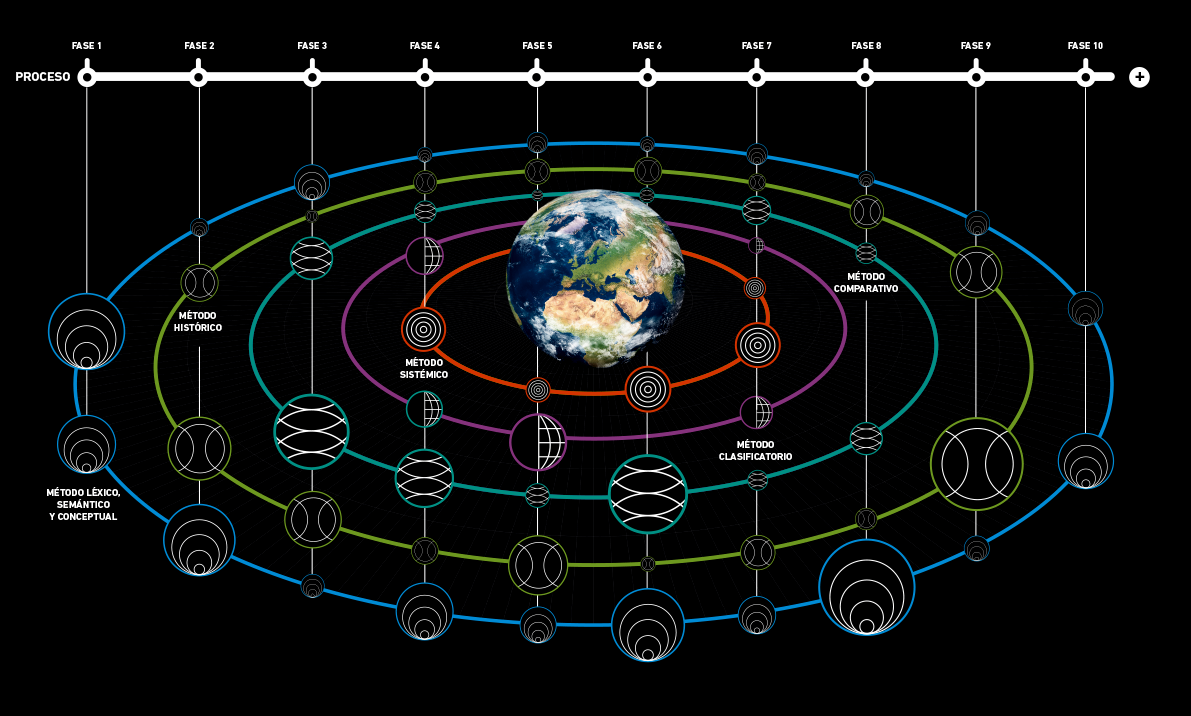In order to delve into the classifications, it is necessary to differentiate between several terms that can generate confusion:
- Una list It is an enumeration, generally in the form of a column, of people or things, and an enumeration is the successive expression of the parts that make up a whole.
- Group is to gather in a group, and a group is a plurality of beings or things that form a set.
- Una group It is the set of people or things grouped together.
- Sort out it is to order or arrange something by classes, and a class is a set of elements with common characteristics.
- Una classification it is the action and effect of classifying.
- Una feature It is what belongs to or relative to character, what is said about a quality, which gives character or serves to distinguish someone or something from their peers.
- Un criterion it is a standard for knowing the truth. In the context of classification, deciding the classification characteristics is deciding the classification criterion.
- Una class it is a set of elements with common characteristics.
- Una category It is each of the classes or divisions established by classifying something.
- Una family It is a set of objects that have common characteristics that differentiate them from others.
- Un type it is a model, exemplary, the characteristic example of a species or genus.
Therefore, grouping, gathering elements in groups, does not necessarily imply that the elements have common characteristics based on some criteria. Clusters are often formed out of habit, and not based on criteria. That is, grouping does not necessarily imply classifying, but classifying does imply grouping. Classifying is grouping based on some criteria.
There are different types of classifications, such as:
- Classifications : A classification is the action and effect of classifying. Understanding by classifying, ordering or arranging something by classes, and understanding class as a set of elements with common characteristics.
- Taxonomies: Classifications that group elements within previously defined categories that can be contained within each other, with a hierarchy in the form of a tree, or they can have other relationships with each other.
- Thesauri: They are classification systems similar to taxonomies that, in addition to hierarchical relationships, also include other relationships between categories. More complex relationships that also have to be precisely defined.
- Ontologies: Even more complex classification systems, which include hierarchical relationships like taxonomies, other more complex relationships like thesauri, and also the definition of constraints and other axioms and rules about categories.
- Folksonomies: Popular taxonomies, or created by the people, the users. It is an open and collaborative classification system based on tags or tags, usually without any hierarchical structure or relationships between them.
- Knowledge graphs: They tend to refer to large databases with a huge number of instances, their attributes, and their relationships between them, and often without a formally defined class structure. Instances, based on their attributes, give rise to imperfect informal structures.
CONNECTIONS BETWEEN METHODS

